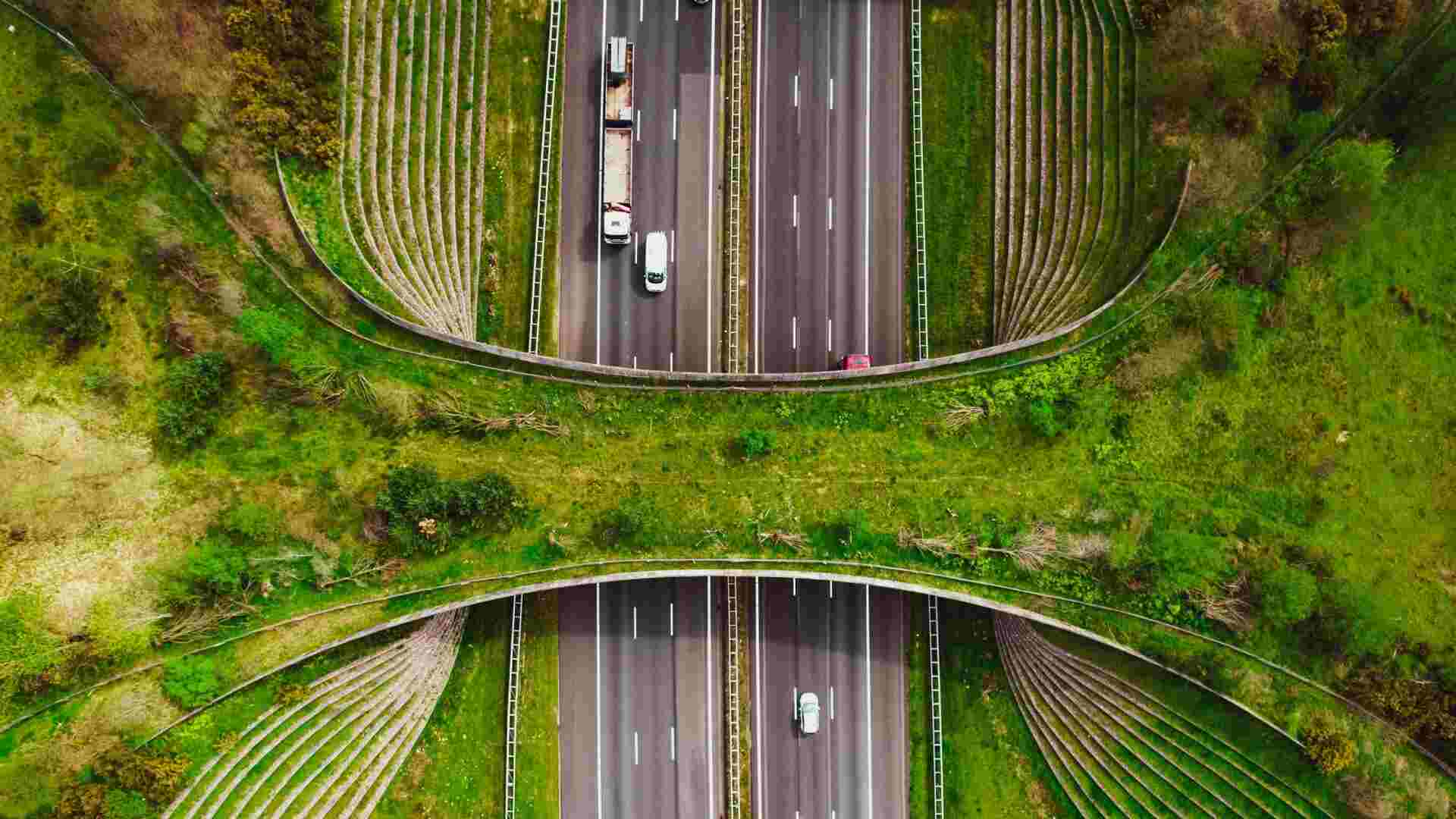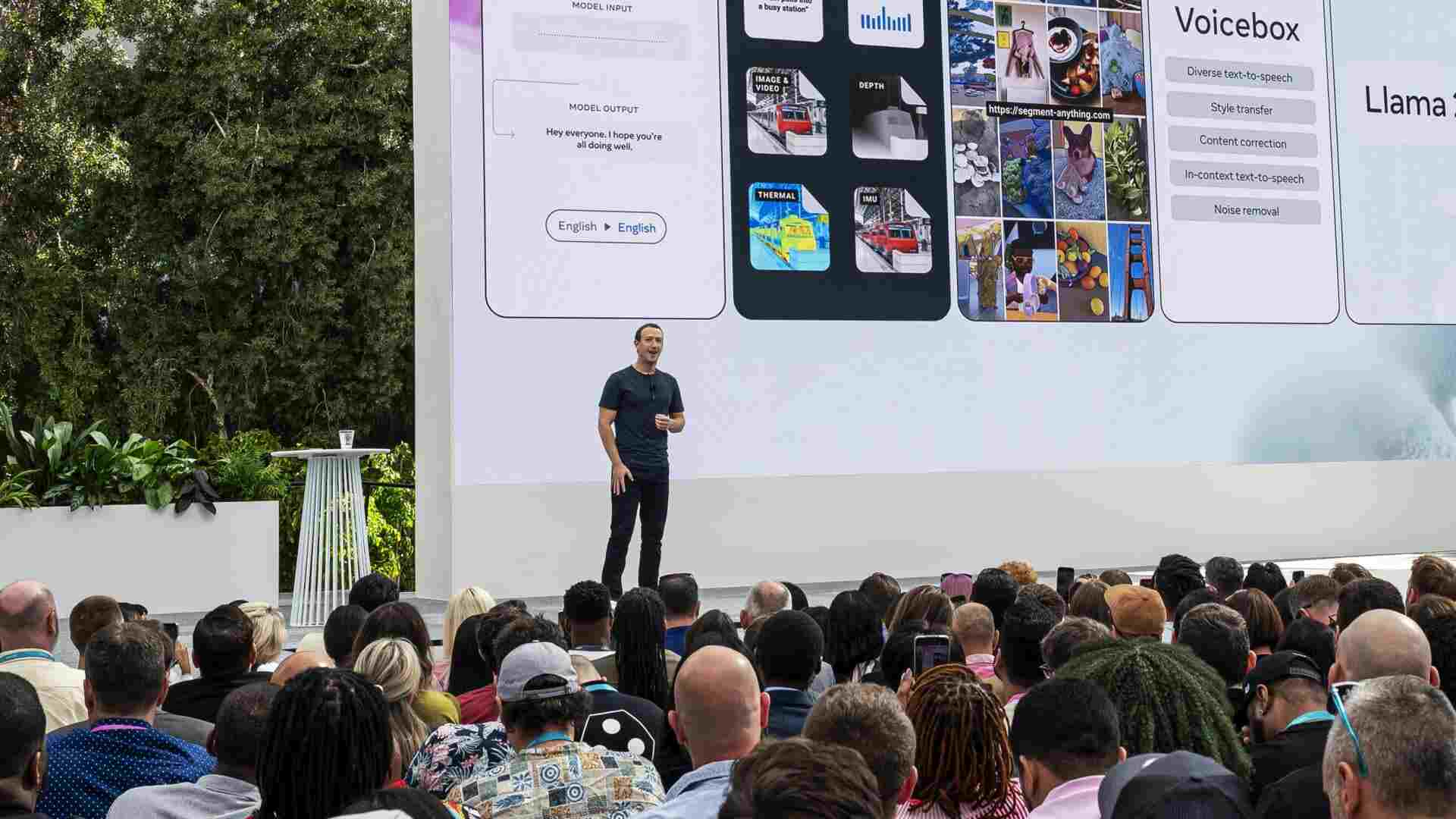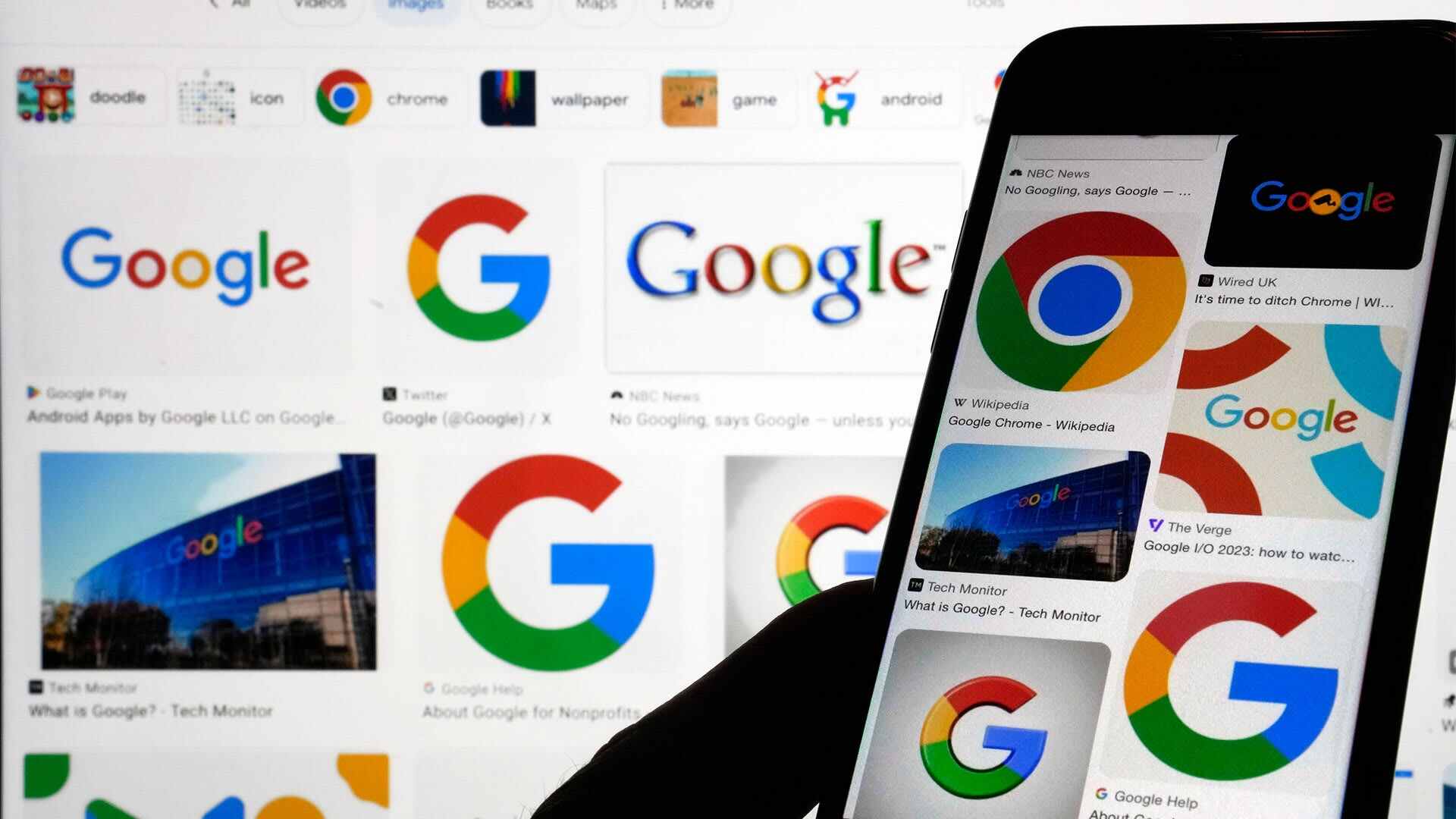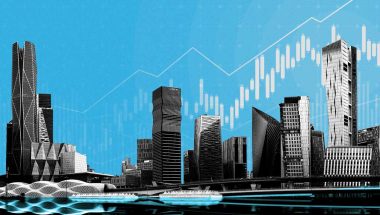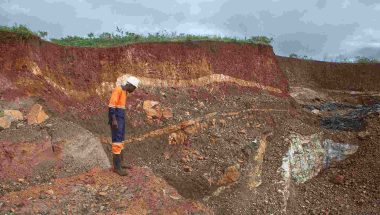- | 8:30 am
This game designer predicted COVID 10 years ago. Here’s what’s coming next
According to Jane McGonigal, the pandemic wasn’t unimaginable. “We just didn’t have a critical mass of people imagining it.”
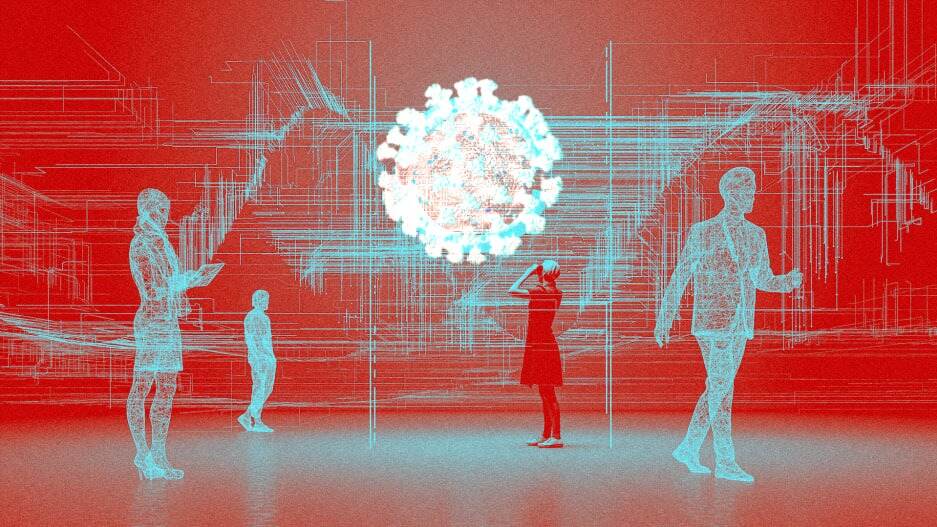
In January 2020, when the coronavirus started making headlines around the world, Jane McGonigal’s inbox was flooded with emails from Silicon Valley execs, government officials, and nonprofit leaders. They all had the same question: “Jane, didn’t you run a simulation of a respiratory pandemic?”
Yes, she had. All the way back in 2010.
McGonigal is a game designer. She builds simulations that help players imagine the unimaginable. And in 2010, she invited nearly 20,000 people to immerse themselves in a future world besieged by a global pandemic. “How would you change your habits?” she asked. “What social interactions would you avoid? Can you work from home?”
A decade later, when COVID-19 went from nascent threat to full-blown crisis, McGonigal started hearing from folks who had participated in the simulation. “I’m not freaking out,” one of them said with relief. “I already worked through the panic and anxiety when we imagined it 10 years ago.”
According to the latest research in psychology and neuroscience, we can all learn to make the shift from panic to poise by training our brains to think about the unthinkable. But what does that training look like? In her new book, Imaginable—and on today’s episode of The Next Big Idea podcast—McGonigal shares evidence-based techniques you can use to see the future coming. Listen to the full episode below, or read a few key highlights. And follow host Rufus Griscom on LinkedIn for behind-the-scenes looks into the show.
HOW JANE MCGONIGAL WENT FROM GAME DESIGNER TO FUTURE FORECASTER
Rufus Griscom: Your path from studying and designing video games to working as a futurist—some would see that as counterintuitive. I think you see this as a logical progression. Why does that sequencing make sense?
Jane McGonigal: What first really fascinated me about the gaming community was this trend that I was observing in gamers: They were developing real skills, real abilities, collective intelligence, and collective imagination that they wanted to apply in a bigger context—maybe help solve some real-world challenges.
This was back in 2001 when I was starting my PhD work. And I thought, This is amazing! It would be really good for humanity if we could channel these new skills that are coming out of online gaming into real-world problem-solving. But at that time, there were not a lot of games to play that actually connected this community with real-world challenges.
After studying it for six years, writing my dissertation on this topic, I rolled right into, I’m going to be the one to make games that help gamers apply those strengths to real-world contexts. And the context that I wound up working in was trying to anticipate hard-to-predict futures, or apply that collective imagination to seeing future scenarios from massively many points of view—the same way that we see a game world—so that we might discover the outlier risks or unexpected opportunities. And that’s what I’ve been doing for 15 years now.
PREDICTING COVID . . . BACK IN 2010
This mission to take our interest in gaming and collective imagining exercises and use them to help us better understand possible future outcomes—you and your team have been engaged in this for a while, and you have an astoundingly impressive track record at anticipating possible future outcomes. Can you share some of the details of what you all have done?
2020 was a really strange year to be a future forecaster, in that I had an experience of living through a very difficult future that we had been forecasting for a decade or more. My work at the Institute for the Future involved creating these social simulations way back in 2008, 2010, where we were inviting thousands of people to spend weeks in a private social network. It would look like Twitter, Facebook, or Discord, but everything being posted and shared was about a hypothetical future.
Futurists love to look 10 years ahead because that gives us enough mental distance to think creatively. And if we’re imagining problems that might not happen for 10 years, it gives us enough time to prepare for them or prevent them. So we were looking at the years 2019 and 2020; and back then, our simulation centered around, How would we survive and adapt to a respiratory pandemic that started in China that was also complicated by cascading crises? One of the things that I specialize in is figuring out how different crises and disruptions intersect. So we’re not just looking at it from a public health perspective or an epidemiology perspective. We were also thinking about how we would survive and adapt when we have the supply-chain disruptions, when there is misinformation and conspiracy theories about the pandemic being spread on social media, when there are historic wildfires and extreme heat waves due to climate change. And that’s just what we lived through in 2020.
What made me sort of crazy for a little while, and made me want to write the book Imaginable, is that there was this incredible proliferation of news stories and headlines using the word “unimaginable” to describe the pandemic and its consequences. But it wasn’t unimaginable. We just didn’t have a critical mass of people imagining it. We had 20,000 people in one of our simulations, and 8,000 in another. My goal is to have 20 million—I think that would really help us prepare for the future.
WHY YOU SHOULD THINK 10 YEARS INTO THE FUTURE
McGonigal: When we give ourselves these long, luxurious deadlines, we feel time rich. And when we feel time rich, we think, “I have all this time! I can do what I want. I can do what matters to me.”
When we have urgent deadlines or too many tasks on our to-do list for today, we feel time poor, time deprived—and then we just don’t use our time because even though we still have the same amount of time, it feels scarce.
Another thing that researchers have found is that when we imagine 10 years out, we tend to think about things that are more relevant to our most important values—the kinds of goals that would help us live a life that we would consider really authentic, really true to our dreams or what we find meaningful and purposeful.
I give people this challenge. It’s not, Where would you like to be in 10 years or what would you like to be different? The challenge is to try to vividly imagine waking up on a specific day. So, pick a day of the week; is it a Monday? Is it a Saturday? A Sunday? You imagine yourself waking up, and you try to picture every detail. Where are you? Are you in the same room that you woke up in today, or is it a different room? Where is it? Is there somebody with you? Is it a person? Is it a pet? Is it a different person or pet than you might wake up with today? And then imagine what mood you are in. What mood would you like to wake up in? What would put you in that mood? What might be on your calendar for that day that would put you in that mood?
And then I tell people, Go put it on your calendar. If you’ve just imagined yourself doing this amazing thing that makes you feel a certain way, go ahead and open up your Google or Apple calendar—they do go 10, 20, 30, 40 years in the future—and put it on your calendar. Even better, invite somebody. Invite a loved one.
It can spark some really interesting conversations about our real hopes and dreams. What is it going to take to get there? Because we’ve given ourselves 10 years, it allows us to dream bigger and also enjoy that sense of time spaciousness to really make some changes or explore possibilities that we would dismiss as impossible today.
THE FUTURE SCENARIOS EVERYONE SHOULD CONSIDER
Griscom: Are there any other future scenarios that you think our listeners should consider?
Things to pay attention to: government-mandated internet shutdowns is a huge future force that is spreading globally. If you’re not aware of this phenomenon and not potentially prepared to live through weeks or months of the government turning off the internet, that’s something to think about.
Another one is climate migration. We’ve got to be willing to think about the risks where we live. Are we in a climate-secure, climate-resilient place that will probably be welcoming others who are migrating out of climate-unsafe regions? If so, we should be prepared to see a higher density of living, to be welcoming to people who have been forcibly displaced. Are we emotionally ready for that? Are we economically ready for that? Also think about our pathways to move if we need to. That is something that every serious futurist that I know is thinking about—pathways of human movement within countries, and across borders. How can we support people economically, socially, mentally, psychologically? How can we make a home? That’s a problem space that warrants so much imagination and innovation and creativity. If I could get all of the smartest minds on the planet to work on something, it would be thinking about movement. That is the biggest future scenario that would benefit from our imagination, and also our innovation.
This article originally appeared in Next Big Idea Club magazine and is reprinted with permission.











